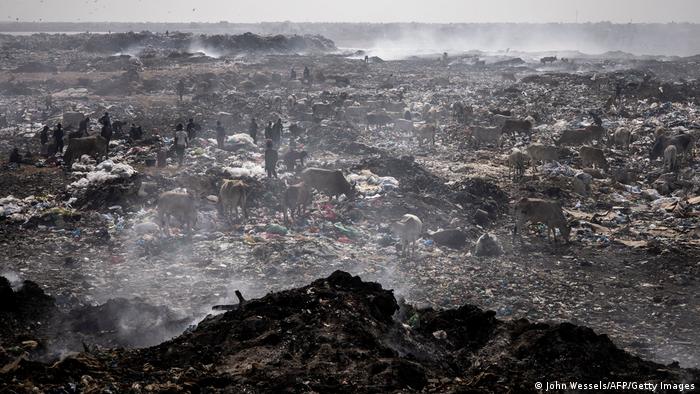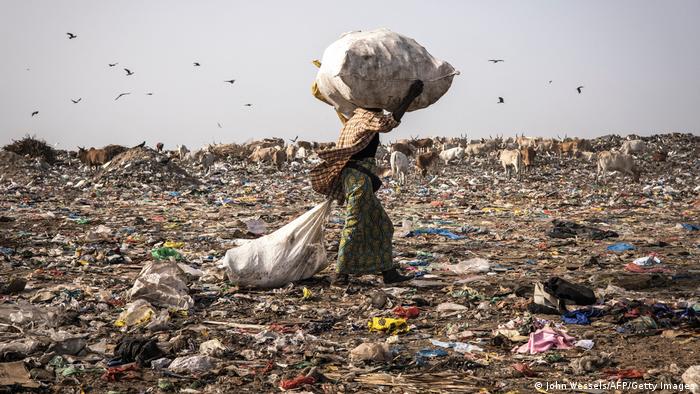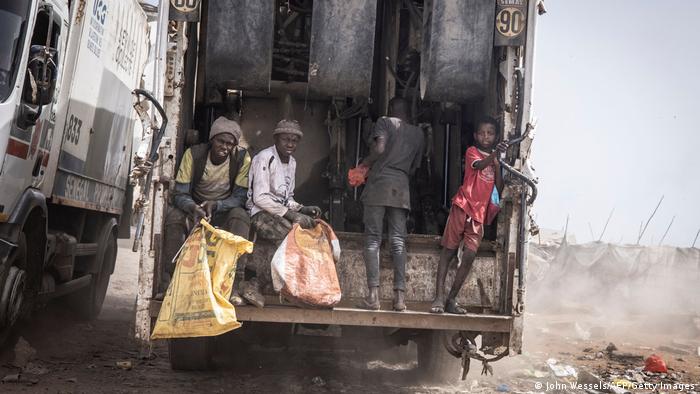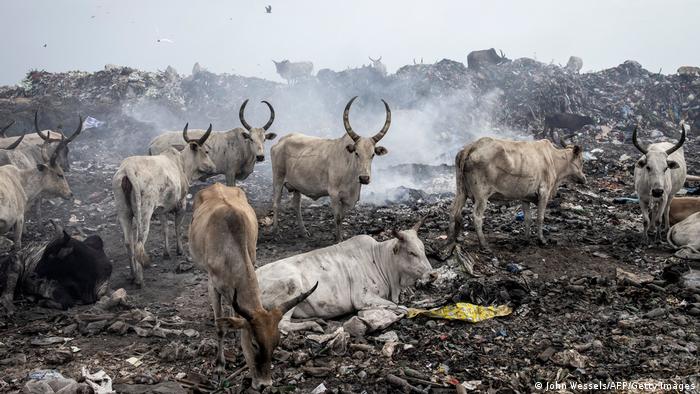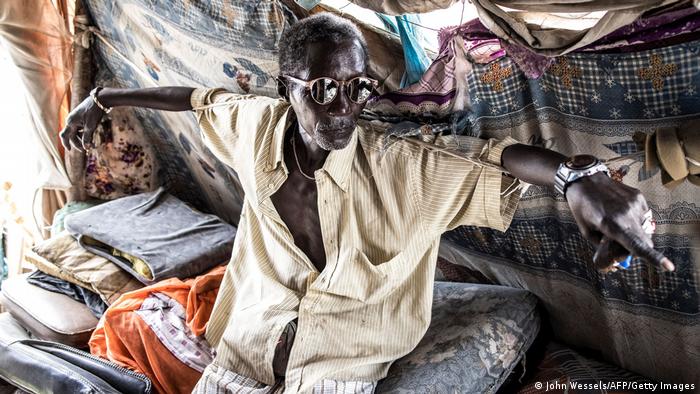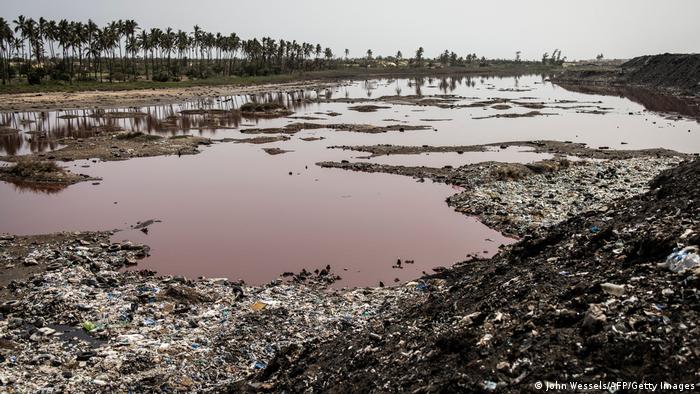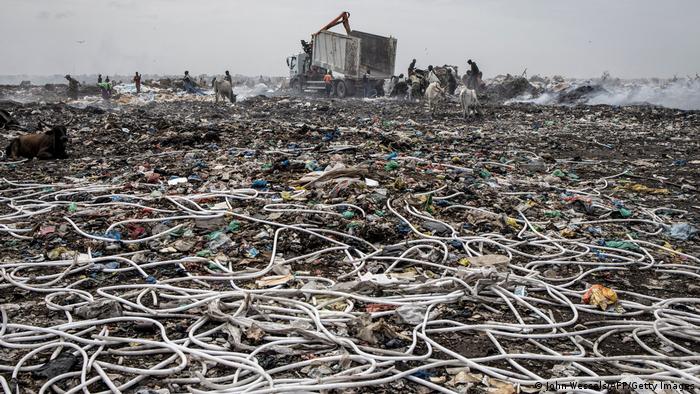It wasn’t going to be easy to find common ground among developed and developing countries, producers of plastic and those who suffer from its pollution. But it had to happen. The production of virgin plastic has increased from two million tons per annum in 1950 to 367 million in 2020. It is expected to surpass a billion tons annually by 2050.
However, plastic leakage into the environment has been on the rise in recent years. This trend is only going to continue. About seven percent of the 9.2 million tons of plastics that were produced between 1950-2017 is now waste. Three quarters of that has been dumped in landfills, while the remainder is accumulating into terrestrial and aquatic ecosystems.
There has not been an overall approach to dealing with this crisis. The current regulations are fragmented and unable to meet the severity of the situation head-on. A combination of voluntary approaches and bans on selected items offer no match for corporate greenwashing and unabated plastic production.
The toxic legacy resulting from rampant overproduction of virgin plastics and their lifecycles is irreversible. But business-as normal cannot continue.
Bans are not enough
Two approaches were discussed in advance of negotiations. One was based on reducing production and consumption while simultaneously improving the way plastics are designed for increased reusability and recyclability.
The other focused on plastic pollution in marine environments and provided a limited scope of potential interventions.
After long negotiations, the former prevailed. It was clear that single-use plastic bans and waste management would not effectively change the course of plastic pollution and planetary health for good.
A promising start
Broadly speaking, NGOs were happy with the result, which shows that the narrative has moved beyond the narrow scope of considering the issue as “just plastic in the oceans”. It has now been officially recognised as a problem that spans the entire lifecycle of plastics and their impact on all environments and human health.
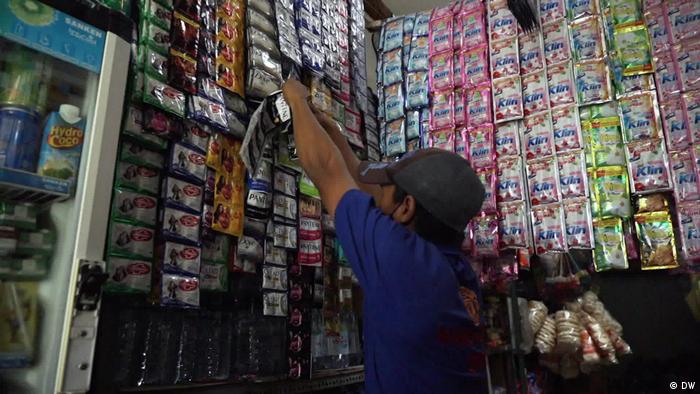
Annual production is hundreds of billions and they are made in such an efficient manner that recycling is almost impossible
Importantly, the mandate includes language about sustainable production and consumption, product design, and the environmentally sound management and disposal of waste.
A legal agreement could be negotiated that would monitor and reduce the production of virgin materials. At the same time, it would help to financially support developing countries and take steps to phase-out problematic products.
Now that the gavel has dropped on the decision to take this work forward, we are preparing for the challenging task of ensuring that ambition during negotiations remains both high and urgent. We are not yet out the woods, however, we have the map.
Christina Dixon is the Environmental Investigation Agency’s Deputy Ocean Campaign Leader. Since 2013, her campaigning efforts have been focused on plastics and pollution from the fisheries.


